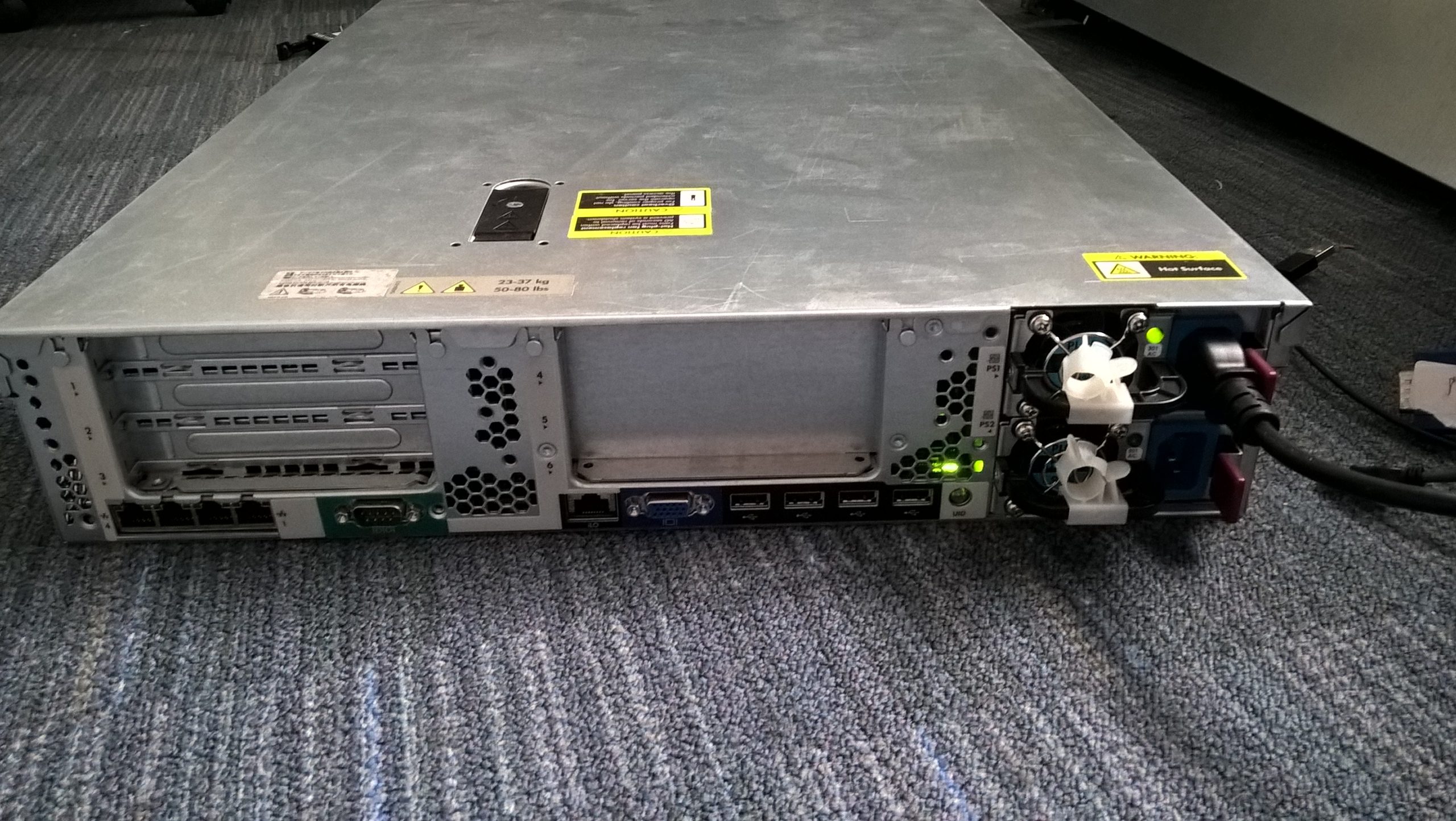Is Your Laptop Compromised? Understanding Suspicious CPU Activity
If you’ve ever found yourself worried about unexpected performance issues on your laptop, you’re not alone. Many users face similar concerns, especially when it comes to high CPU utilization and unusual temperature spikes.
Recently, one user expressed anxiety over their laptop’s behavior when the screen is turned off. The cooling fans seemed to operate at full capacity, and fluctuations in CPU usage became noticeably more pronounced. Despite various security measures—ranging from comprehensive malware scans with tools like Malwarebytes, Hitman Pro, and ESET’s online scanner—the issue persisted even after a complete system reset.
These symptoms can often lead one to question whether they’re dealing with a virus or perhaps an unnoticed background process running while the computer is idle. The concern is valid. Here are a few possibilities to consider:
Potential Culprits Behind High CPU Activity
-
Malware: While it seems that traditional antivirus software hasn’t identified any threats, it’s still possible that some new or less common malware could be present.
-
Background Processes: Windows, like many operating systems, has various processes that can continue running even when the laptop appears to be idle. These could be scheduled updates, system indexing, or applications running in the background.
-
Resource-Intensive Applications: Certain applications can place heavy demands on your CPU without your immediate knowledge. It’s worth checking Task Manager for unexpected programs.
-
Hardware Issues: Sometimes, cooling issues or failing components can falsely lead to high CPU activity or temperature spikes.
Steps to Take Next
-
Review Task Manager Regularly: Keep an eye on what processes are consuming significant resources. This can help identify potential issues quickly.
-
Consider Alternative Security Software: If standard scanners haven’t provided results, consider using specialized tools designed to detect less common threats.
-
Check for Windows Updates: Ensure that your operating system is up to date as updates often include vital security patches.
-
Seek Professional Assistance: If the problem persists and you’re uncertain about your findings, enlisting a professional technician might be your best course of action.
In conclusion, while the concern over potential malware is valid, it’s also essential to explore other possibilities. Monitor your system and consider various approaches to tackle the issue. Remember, proactive maintenance and regular scans can go a long way in ensuring your device remains secure and performs optimally.
Thank you for sharing your experience, and here’s hoping you find a resolution
Share this content:



